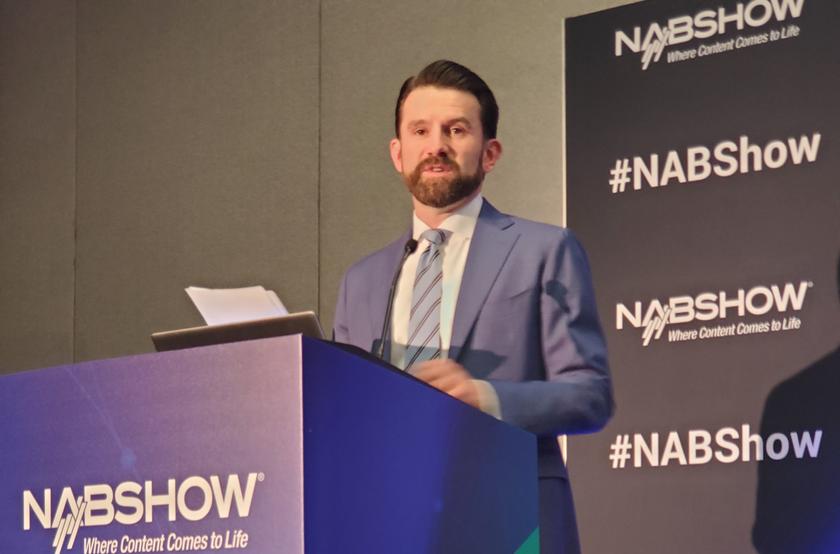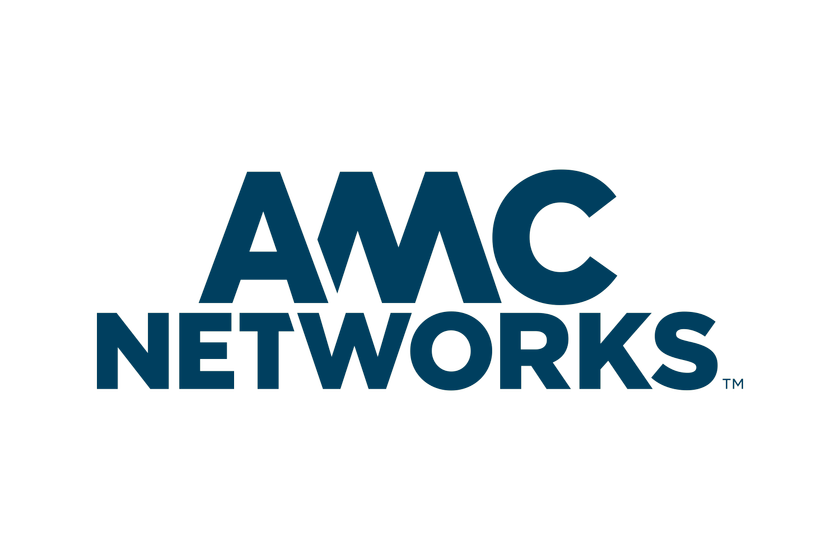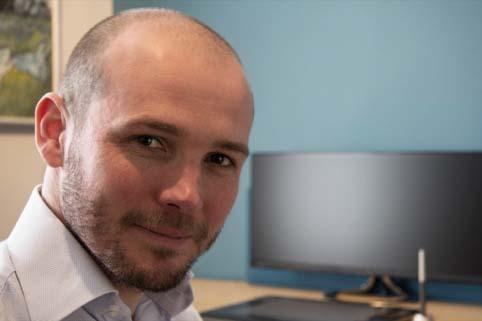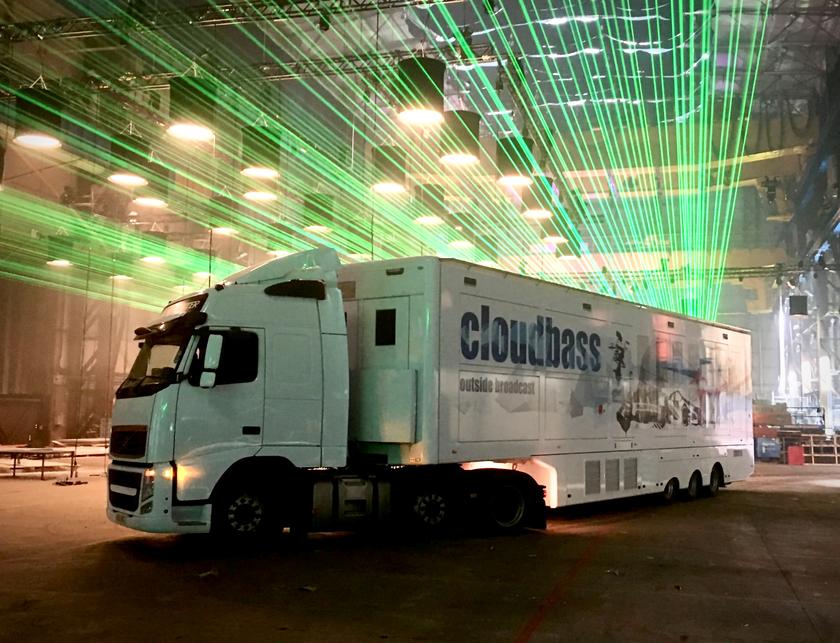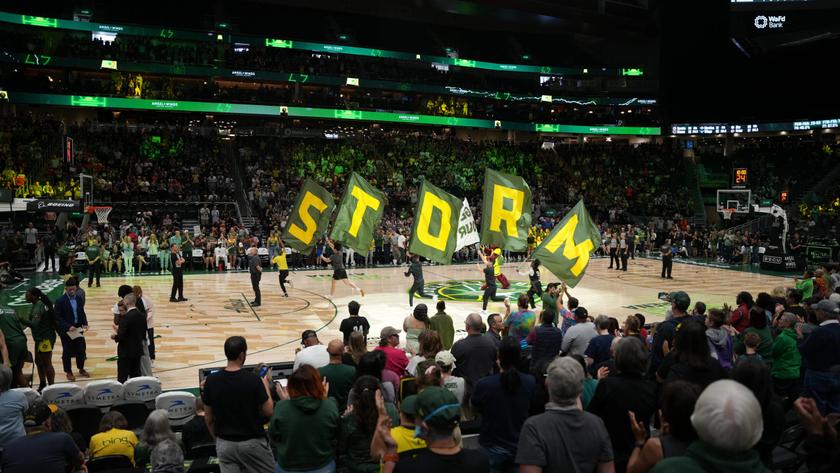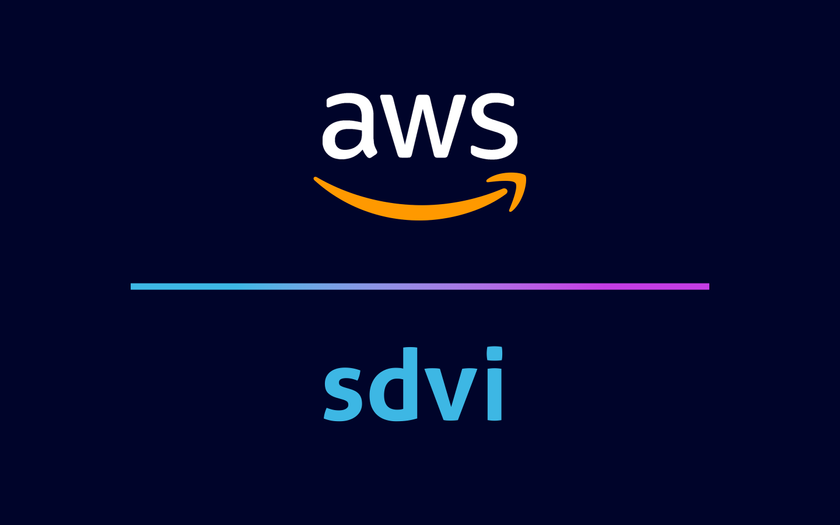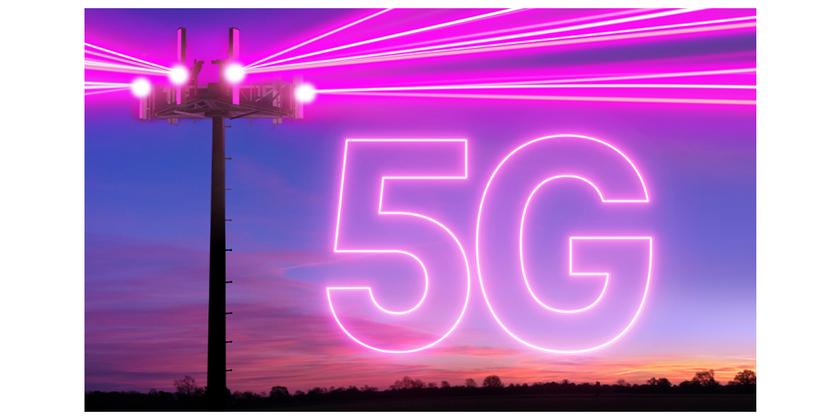SADiE Goes On Tour With Wired For Sound
London-based Wired For Sound has been using its new SADiE LRX2 Location Audio Workstation in an innovative way to both record and individualise huge quantities of source audio in a very short timeframe.
The company runs what Director Johnnie Dymock calls “radio junkets” for various US television networks that are seeking to promote their new shows on radio. Typically, during these, DJs from a number of radio stations are flown to a relevant location (such as the Bahamas in the case of The Real Gilligan’s Island, for instance) to record a series of face to face interviews with the cast of the show. It sounds simple enough, but the numbers involved mean that logistically it can be an impressive challenge.
“Our job is then to ensure that each radio station – and there can be up to 50 – goes home with a one-on-one interview with every member of the cast – plus a package of edited highlights. We usually have just one day to record, edit and drop individualised USB sticks to every DJ’s hotel room,” explains Dymock.
All this entails recording several hundred interviews in a very short timeframe. The way this is usually accomplished is by setting up a series of between 8 and 16 recording ‘booths’, each kitted out with mics and simple mixing desks, installing the talent in the booths and shuffling the radio DJs past them in sequence.
“The booths are supervised and the audio recorded centrally, and this is where the LRX has given us a huge advantage in terms of the number of interviews we can process in one day,” Dymock says. “Clips are topped and tailed, named and have comments attached on the fly. The flexibility in naming means that we can be well organised – which is crucial to ensure that everyone gets the right audio, and that we can quickly identify the best clips amongst hundreds for inclusion as highlights.
“At the end of the day we have little time to cut together the highlights package and put this, along with each station’s individual interviews, on USB sticks. The LRX’s multi-bounce feature means that all the separate interviews can be bounced down to wav files in one operation – with all the clip names preserved.
“Previously the content went straight to multiple minidisk recorders and conventional multitrack; source tracks had to be copied before they could be compiled into highlights, and there wasn’t time to top and tail every interview. The LRX has, quite simply, made it possible to harvest and individualise huge quantities of audio in a very short timeframe,” he explains.
Get the TV Tech Newsletter
The professional video industry's #1 source for news, trends and product and tech information. Sign up below.
The LRX2 is a powerful multi-channel recorder and editor, capable of recording and editing up to 64 channels through a MADI interface, or 48 channels using a choice of digital and/or analogue Input/Output cards. It runs on a standard USB2 enabled laptop/desktop PC, running Windows XP Home or Professional. The LRX2 comes complete with both the full version of SADiE 5 software and simplified 'MTR' package, providing a simplified, flexible and intuitive user interface for the demands of recording and editing on location.
Dymock is a big fan of the unit, saying that it’s a well-engineered piece of kit that goes in and out of its flight case nicely and never gives the impression of being fragile.
“We wanted a portable system that would record multiple tracks on location in a format compatible with the studio-based SADiE systems used by the majority of our clients,” he says. “Something that had a small footprint for cramped working environments like OB trucks, was robust, could be hand carried, would go on the plane as hand luggage, and didn’t require external interface boxes to provide mic inputs. The LRX meets all of these criteria and, as well as being a fully featured post production editor with built-in hardware control, the MTR software allows it to double as a simple multitrack recorder. That’s great when you simply want to capture audio like a conventional multitrack.”
Wired For Sound provides broadcast facilities on location for radio, television and new media including equipment, engineers and mobile studios. The company is using the LRX2 mainly for recording and production on its own projects – sound acquisition of speech and music, and post production for radio and TV – plus dry-hire to various clients including the BBC. Dymock says that although the LRX is more than is needed to record or edit a stereo track, it tends to gets used for straightforward stereo work, too, simply because it’s compact enough.
“The conventional multitrack is associated with recording synchronous streams that all ultimately become part of a contiguous piece of audio,” he concludes. “The flexibility of the LRX makes it equally suited to the acquisition of non-synchronous tracks, where multiple sources are ingested and used individually. Our radio junket work is one example but the LRX lends itself to similar applications where multiple sources are recorded and excerpts “snatched”. Here the LRX can be used to create new opportunities for sourcing and using audio in programmes which are live or produced within a tight time constraint.”
-ends-

